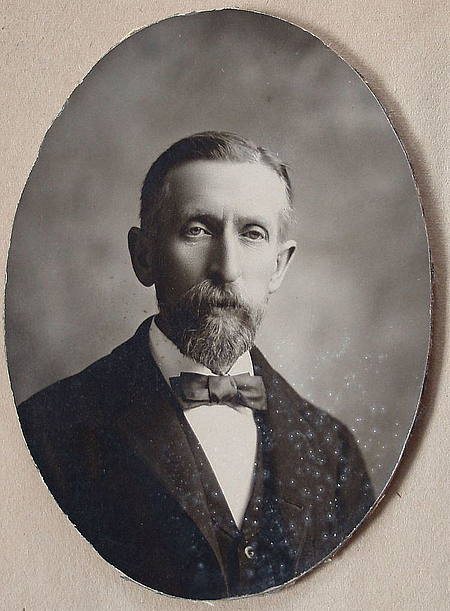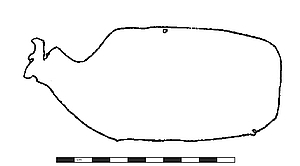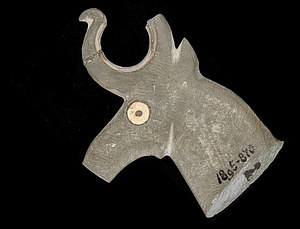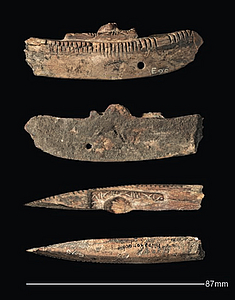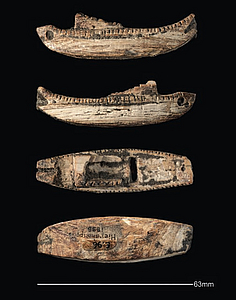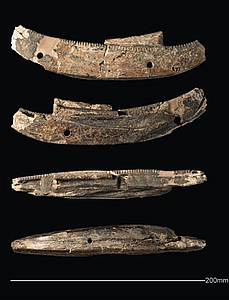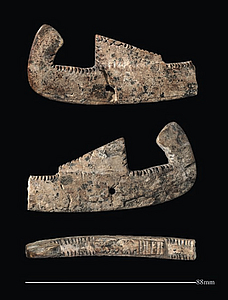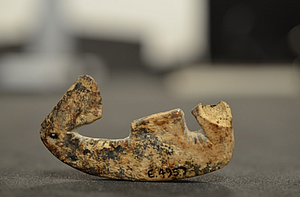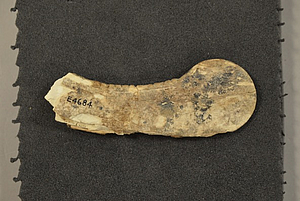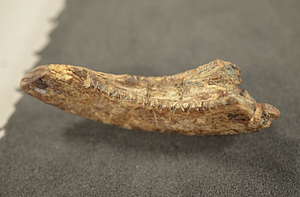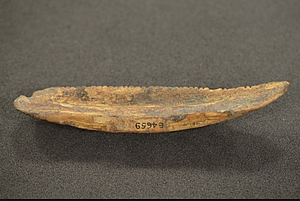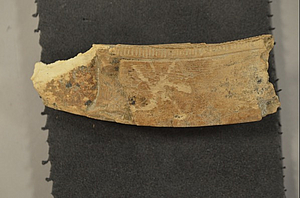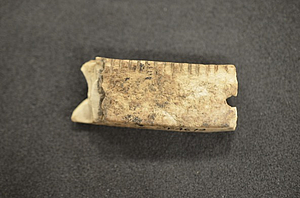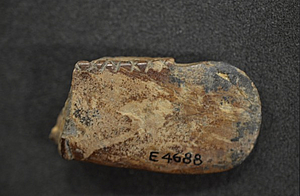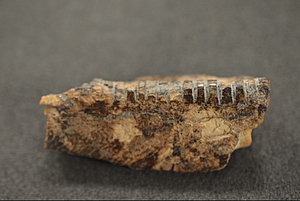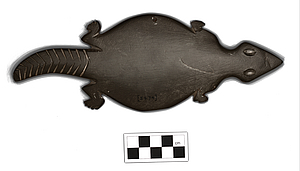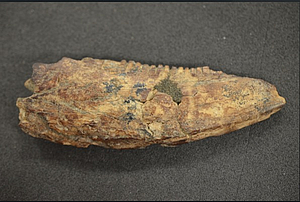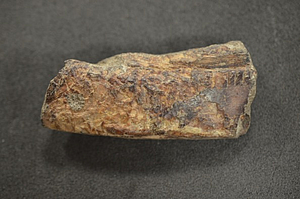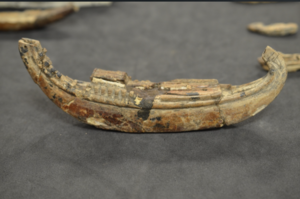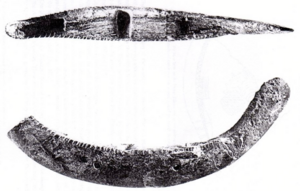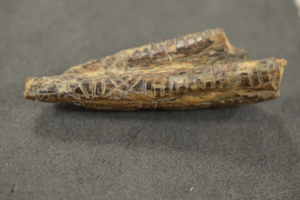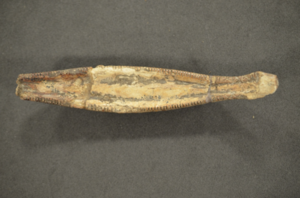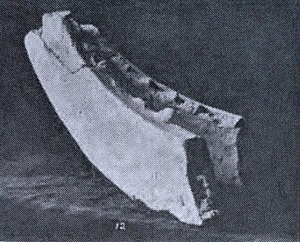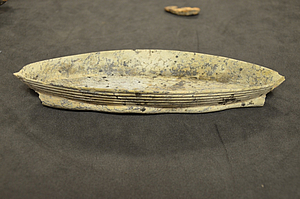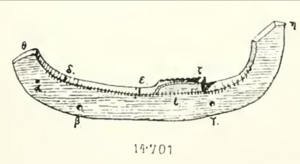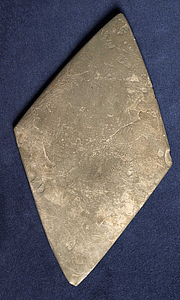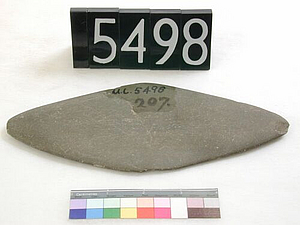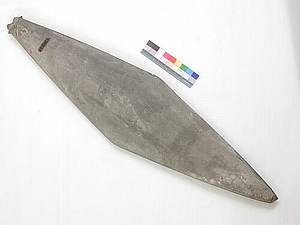James Edward Quibell ( 11.11.1867 - 05.06.1935 )
James E. Quibell was a British Egyptologist. He assisted William M. Flinders Petrie on a number of his excavations; he was at Coptos, 1893, a site which first opened up the history of Egypt as far back as the First Dynasty, and in 1894 he directed fieldwork at Ballas while Petrie directed the excavation of Naqada. He is said to have been the first person to recognize, although not publicly to state, that the remains found at Ballas were prehistoric in nature, and not New Race of the First Intermediate Period as suggested by Petrie. Thanks to the training he received under Petrie, he was among the best-equipped excavators of early sites at that time, and in 1897–1989 he excavated the town and area of Hierakonpolis for the Egypt Research Account with results which are famous in the annals of Egyptian archaeology together with Frederik W. Green.
He also cleared the area of the Ramesseum, where he discovered important Middle Kingdom papyri and a wealth of inscribed material such as jar sealings. He was appointed to the staff of the Antiquities Service and worked on the Catalogue of the Cairo Museum since 1899, was Inspector in Chief of Antiquities in the Delta and Middle Egypt in 1899–1904, in Luxor in 1904–1905, and in Saqqara from 1905. At this latter site, he uncovered archaic mastabas and a very quantity of Early Dynastic cemetery material, notably the tomb of Hesire. He was Keeper of the Egyptian Museum in Cairo in 1914–1923, and finally Secretary-General of the Antiquities Department in 1923–1925. He carried on working in the filed, at first as assistant to Cecil M. Firth who had succeeded him at Saqqara, and after 1931 as director on the Step Pyramid site.
In all this work he was assisted by his wife, Annie A. Quibell who made copies in outline and colour for his publications.
